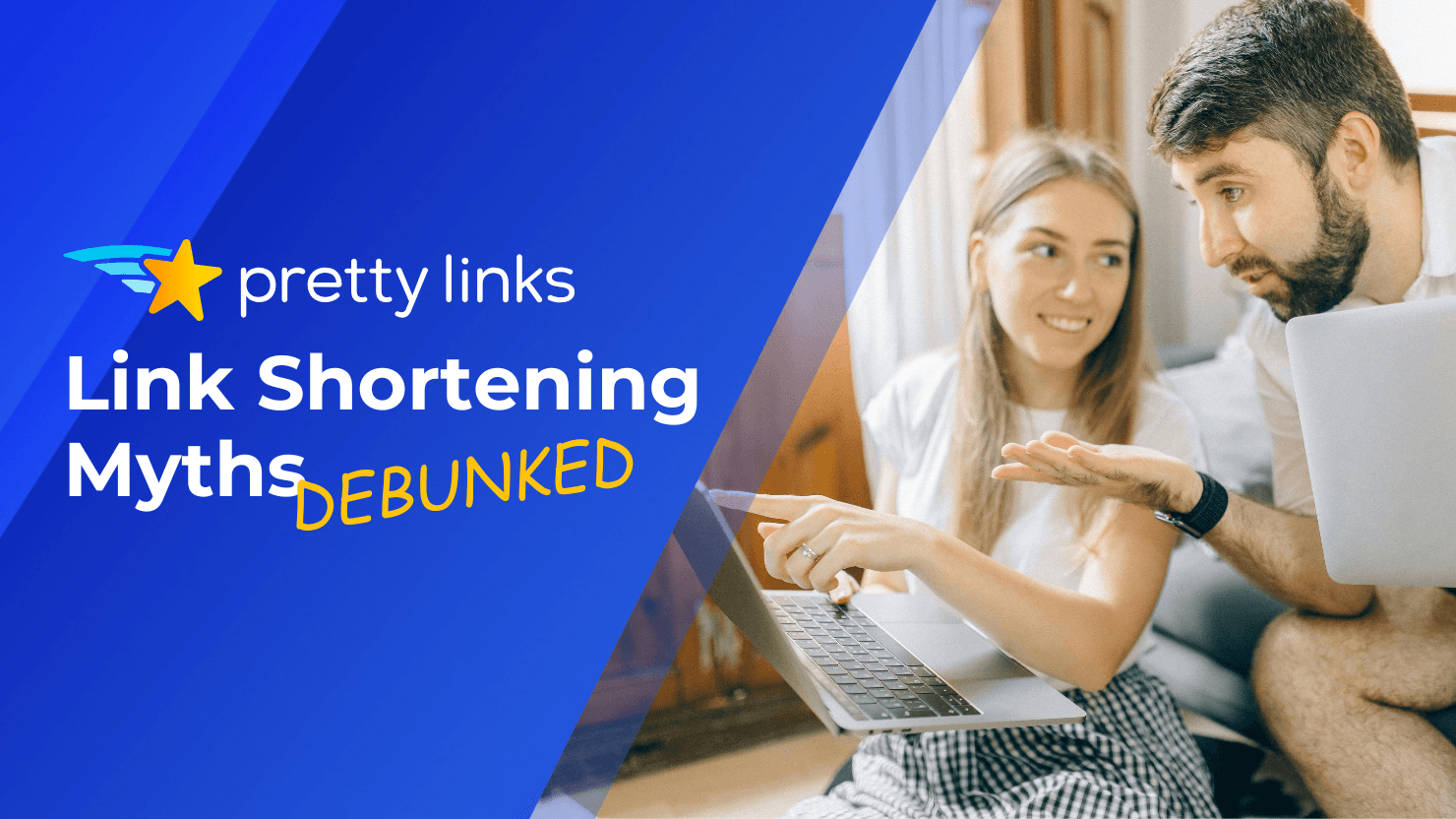Contents
Increasing your website’s visibility is the key to its overall success, and many Search Engine Optimization (SEO) techniques can help. Unfortunately, there are some strategies (known as ‘black hat’ techniques) you may be using that can seriously impact your current search ranking.
The use of black hat strategies can be tempting, especially since you may initially see positive results. However, the negative consequences, like the loss of your Search Engine Results Page (SERP) rankings, outweighs any potential positives. In fact, avoiding their use may actually improve your SEO efforts.
In this post, we’ll discuss three of the most common black hat SEO strategies. We’ll then talk about ways you can avoid the potential pitfalls of these tactics (including with the help of PrettyLinks). Let’s get started!
What Black Hat Techniques Are (And Why They’re Harmful to Your Website)

In a nutshell, black hat techniques are those focusing on SEO without considering the audience. They’re the opposite of ‘white hat’ strategies, which are used to improve SERP rankings while also delivering quality content to the target audience. A common example of black hat SEO is any type of spam comment on blogs and forums. They’re filled with keywords and links, but offer no value whatsoever.
Of course, the most obvious reason to avoid black hat techniques is that they simply don’t work. While you might see returns initially, these strategies will soon be detected by search engines and your website will be penalized. Additionally, these strategies will alienate your audience and decrease your website’s value.
3 Black Hat SEO Strategies You May Be Using (And How to Avoid Them)
While you should simply avoid all black hat strategies regardless of their supposed benefits, the three mentioned below are not only common, but the most damaging to your site. Let’s take a look!
1. Paying for Links to Bring Traffic to Your Website

Paid links are those appearing on another website that point back to your own for a fee. There are two main reasons to avoid them. First, the vast majority of sites charging you for links aren’t legitimate. Second, they can be flagged as suspicious (which alerts Google bots to their use). Of course, too many suspicious links on your site can quickly decrease your search rankings.
Fortunately, avoiding the use of paid links lies solely with you. Instead, you can opt to build legitimate backlinks to your website. Here’s how:
- Guest post on relevant industry blogs. This enables you to offer valuable content to your target audience, while also organically increasing traffic to your website.
- Interact with your audience online. Online interactions (such as on industry blogs and forums) can keep your brand relevant and increase organic links to your site.
- Get active on social media. A social media profile can rank on SERPs, but you can also include links to your website on your profiles for improved results.
To be clear, a legitimate site isn’t going to request you pay them for linking to you. Regardless, you’ll be more successful by creating your own backlinks to generate traffic.
2. Keyword Stuffing to Rank Highly on Search Engines

Keyword stuffing involves the overuse of keywords on a web page. While it used to be that increasing the percentage of keywords on your site will improve rankings, in actuality, the opposite is true. The intentional overuse of keywords is easily detected by Google bots, and this means your pages will receive a lower rank.
Since this such a common problem, there are many free tools to help you combat keyword stuffing. One is Yoast SEO. This plugin uses many parameters when optimizing your page for keywords. These include:
- Keyword use within the meta title and description.
- Percentage of keywords on the page.
- Keyword use within subheadings.
You can use these very same tactics on your own site, or install Yoast SEO and use it to handle things. Either way, keyword stuffing is one of the easiest black hat strategies to avoid (or correct).
3. Cloaking Your Links to Increase Click-Throughs

Link cloaking is a technique that involves completely hiding your target URL from users. This negatively impacts your website in two major ways. First, hiding the URL completely is seen as deceiving. This means fewer people will click your links. Second, cloaking is a violation of Google’s Webmaster Guidelines and, as such, doesn’t bode well for your website’s SERP rankings.
As with the other black hat techniques, you can easily avoid completely cloaking your links, for which you’ll want to turn to a solution such as PrettyLinks. This is a link management plugin that enables you to shorten and brand your URLs.
While these are technically ‘cloaked’, your users and Google prefer them to the alternative. To implement this, you’ll first need to purchase and install PrettyLinks on your website. You can then create your first Pretty Link, which we’ve covered in detail before:

To improve the success of your branded URLs, we recommend you follow two simple, general rules:
- Always use a descriptive slug.
- Use PrettyLinks’ link tracking feature to monitor the performance of your links.
In short, cloaking your links correctly (using a suitable tool), is going to keep Google at bay and your SERP rankings safe.
Conclusion
While the quick payoff of black hat strategies can be tempting, the beneficial results never last. Even worse, these tactics do much more harm to your site and its rankings. This is why they should be avoided at all costs, and instead, replaced with proven SEO strategies.
In this post, we’ve outlined three of the most common black hat SEO strategies used on websites today. We’ve also shown you how to avoid them. To recap:
- Build legitimate linkbacks to your website in place of paid links.
- Use a keyword optimization tool, such as Yoast SEO, to avoid keyword stuffing.
- Replace link cloaking with PrettyLinks.
Do you have any questions about black hat SEO strategies, or how PrettyLinks can help you to avoid them? Let us know in the comments section below!








Leave a Reply